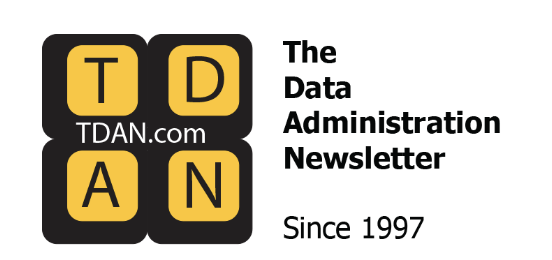I love the term “Zero Copy Integration.” I didn’t come up with it, it was the Data Collaboration Alliance, that came up with that one. The Data Collaboration Alliance is a Canadian based advocacy group promoting localized control of data along with federated access.
What I like about the term is how evocative it is. Everyone knows that all integration consists of copying and transforming data. Whether you do that through an API or through ETL (Extract Transform and Load) or Data Lake style ELT (Extract Load and leave it to someone else to maybe eventually Transform). Either way, we know from decades of experience that integration is at its core copying data from a source to a destination.
This is why “copy-less copying” is so evocative. It forces you to rethink your baseline assumptions.
We like it because it describes what we’ve been doing for years, and never had a name for. In this article, I’m going to drill a bit deeper into the enabling technology (i.e., what do you need to have in place to get Zero Copy Integration to work), then do a case study, and finally wrap up with “do you literally mean zero copy?”
Read more at: The Data-Centric Revolution: Zero Copy Integration – TDAN.com


